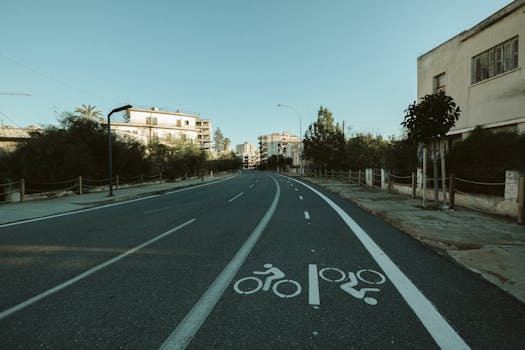
Urban Green Spaces: The Future of Outdoor Living in European Cities by 2025
Urban Green Spaces: The Future of Outdoor Living in European Cities by 2025 is becoming increasingly important for the well-being of residents and the environment. As the world becomes more urbanized, cities are recognizing the need to incorporate green spaces into their infrastructure to mitigate the effects of climate change, improve air quality, and provide recreational areas for citizens.
Introduction to Urban Green Spaces
Urban green spaces refer to areas in cities that are designated for recreational, ecological, or aesthetic purposes. These spaces can include parks, gardens, green roofs, and other areas with vegetation. The importance of urban green spaces cannot be overstated, as they provide numerous benefits for both residents and the environment.
Benefits of Urban Green Spaces
- Improved air quality: Urban green spaces can help reduce air pollution by absorbing pollutants and producing oxygen.
- Mitigation of the urban heat island effect: Green spaces can help cool cities by providing shade and reducing the amount of heat-absorbing surfaces.
- Recreational areas: Urban green spaces provide areas for recreation, relaxation, and socialization, improving the mental and physical health of residents.
- Biodiversity conservation: Urban green spaces can help conserve biodiversity by providing habitats for urban wildlife and supporting ecosystem services.
The Future of Outdoor Living in European Cities
By 2025, European cities are expected to have transformed significantly, with a greater emphasis on sustainability, green infrastructure, and outdoor living. Urban green spaces will play a crucial role in this transformation, providing areas for recreation, relaxation, and socialization.
Sustainable Green Infrastructure
Sustainable green infrastructure refers to the use of green spaces, such as parks, gardens, and green roofs, to manage urban environmental issues. This can include using green spaces to manage stormwater runoff, reduce air pollution, and mitigate the urban heat island effect.
Green Roofs and Walls
Green roofs and walls are becoming increasingly popular in European cities, providing insulation, reducing energy consumption, and creating habitats for urban wildlife. These structures can also help to reduce air pollution, improve air quality, and mitigate the urban heat island effect.
Case Studies: Successful Urban Green Space Projects in European Cities
Several European cities have implemented successful urban green space projects, providing valuable lessons for other cities. These projects include:
- The High Line in London: An elevated park built on an old rail line, providing a unique recreational space for residents and visitors.
- The Park de la Villette in Paris: A large public park that hosts various cultural and recreational activities, including concerts, festivals, and workshops.
- The Superkilen park in Copenhagen: A public park that incorporates green spaces, recreational areas, and public art, providing a unique urban space for residents and visitors.
Conclusion
Urban green spaces are essential for the future of outdoor living in European cities. By incorporating sustainable green infrastructure, such as green roofs and walls, and creating recreational areas, cities can mitigate the effects of climate change, improve air quality, and provide areas for recreation, relaxation, and socialization. As we move towards 2025, it is essential that cities prioritize urban green spaces, ensuring a sustainable and livable future for residents and the environment.






